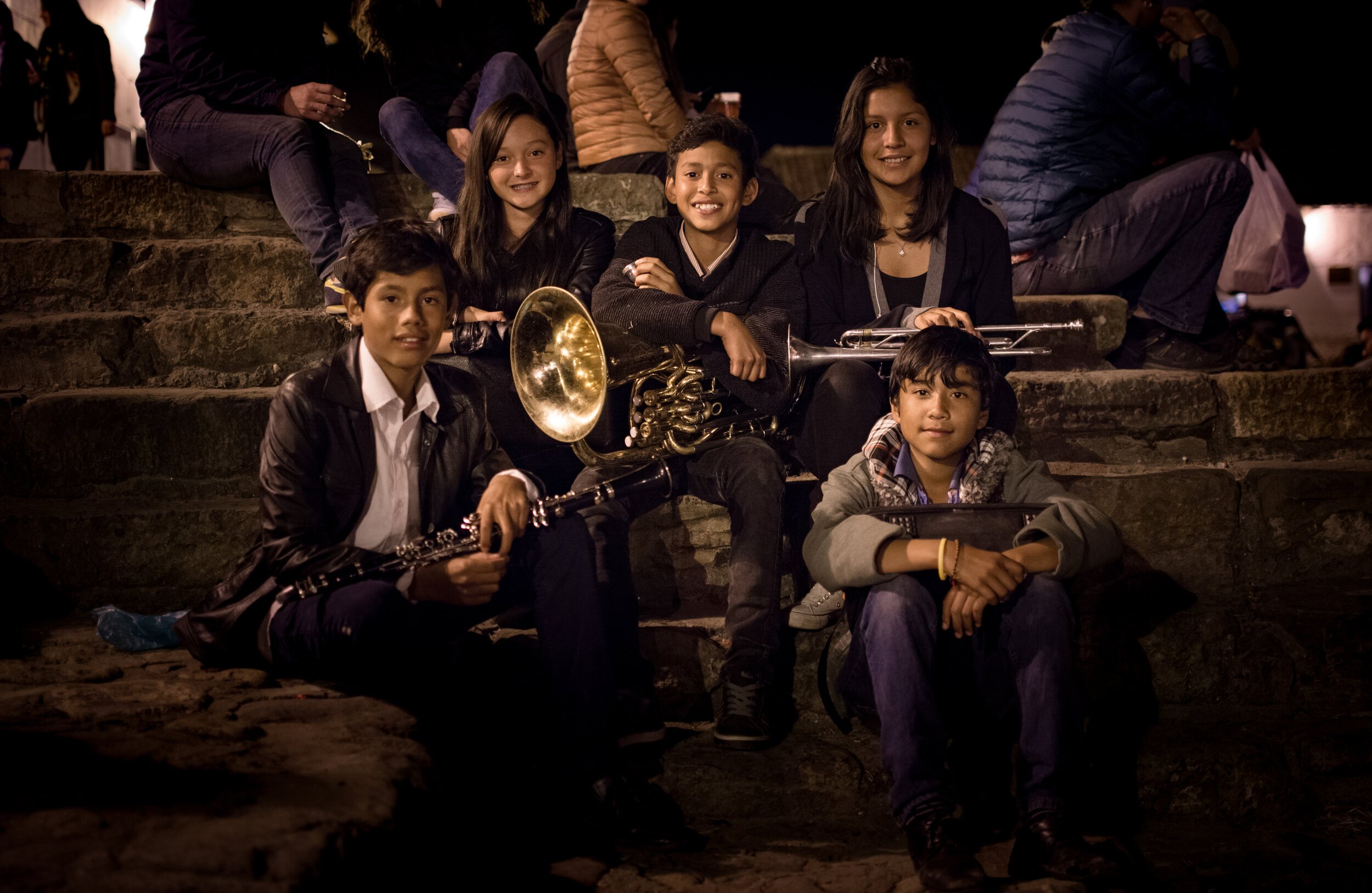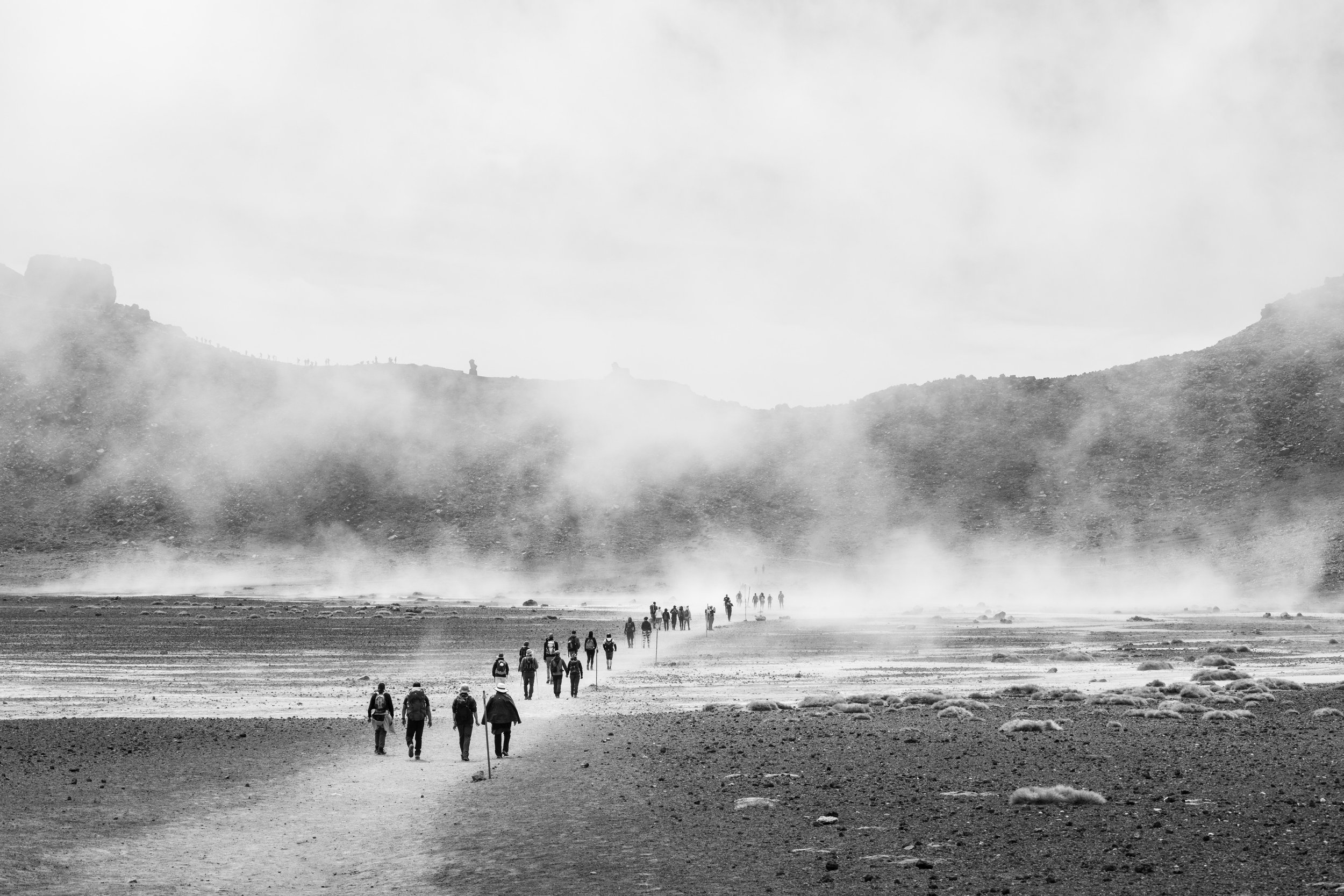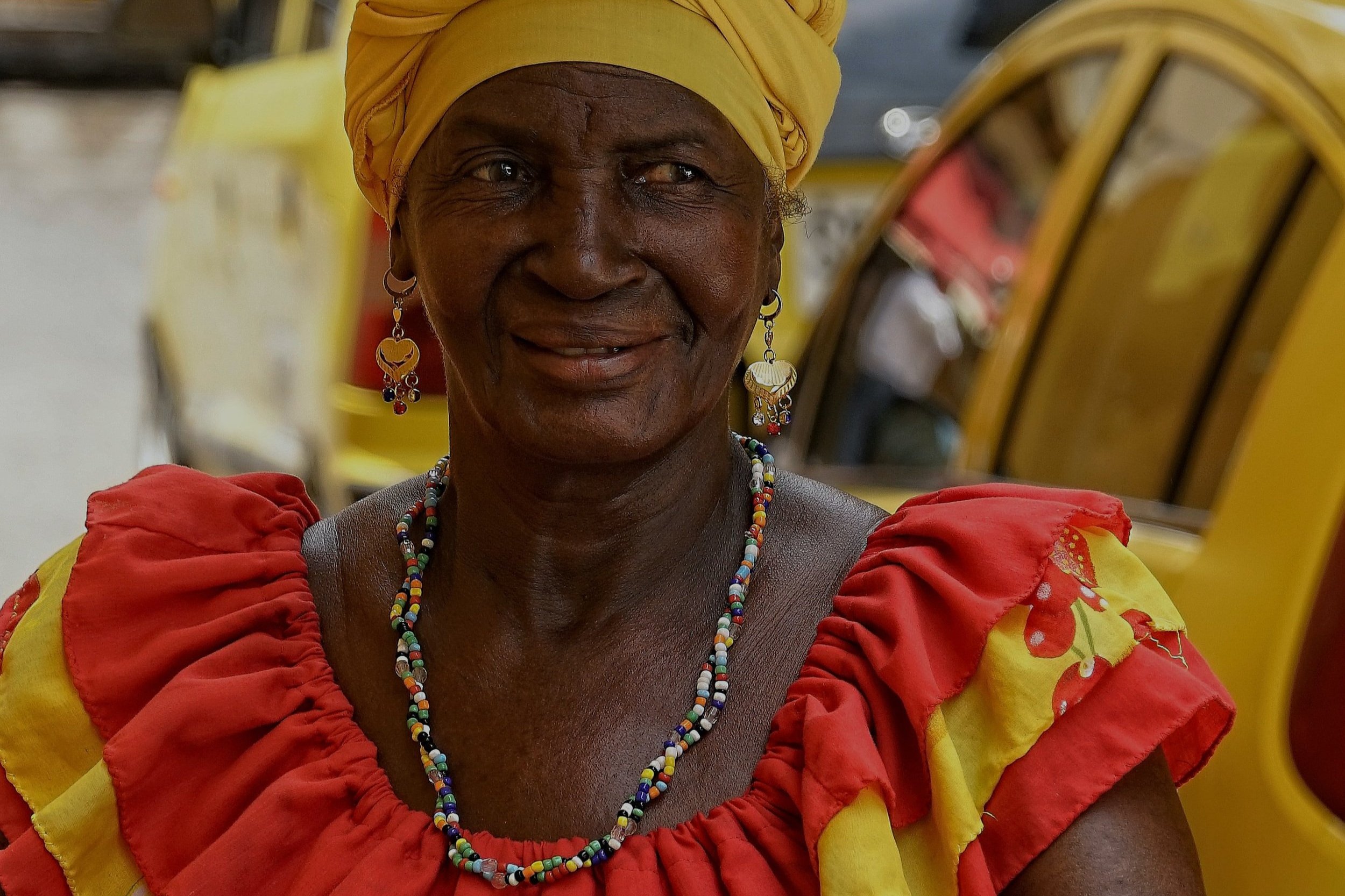INTRODUCTION
There have been a multitude of influences throughout the nation’s history, most notably economic, political, and interpersonal, that have modeled, transformed, and facilitated the establishment and growth of bands.
The band and wind playing traditions in Colombia emerged during the 16th-century colonial period when European colonists brought their musical traditions to American soil. Further, wherever Catholicism has been the predominant religion, the organ has been the most used instrument. In places like Columbia, only a few major cathedrals could afford such an impressive instrument. To adapt to this economic reality, small ensembles of wind instruments formed. Wind instruments comprising those ensembles included the native chirimias, a double-reed instrument similar to the shawm and a predecessor of the oboe.
During this period, the church was the center of progress for the arts, but there were other prominent (yet forbidden) secular genres being developed, such as the sanjuanito and the danzante. Thus, although wind ensembles began by playing only in Mass, they ultimately contributed to secular music. These developments are essential to the evolution of traditional music and bands.
-
The beginning of this period is defined by Colombia’s independence from the Spanish crown. Also during this time, musicians and conductors established larger wind ensembles and bands as we know them now
As in many other countries and cultures, these bands largely served the needs of the military. But by the 1820s, their function shifted to more civic and religious duties, allowing bands to serve as a vehicle for national and regional identity. Thus, during this period, we find the greatest development of bands in terms of forming a movement.
Also during this period as wind bands moved toward a more symphonic setting and proliferated across the national territory, a significant amount of small ensembles were established across the country. Some of these ensembles consisted of a combination of string instruments, such as guitars, cuatros, bandolas, and tiples. Other ensembles comprised wind and percussion instruments, such as clarinets, trumpets, trombones, euphoniums, snare drums, and cymbals. These chamber wind ensembles were also known as “papayera folk bands.” Those folk bands continued the trend of functional ensembles and music that could be heard at festivals and civic occasions.
-
These moments in the history of music in Colombia reveal that the band is a medium of social change. Specifically, this heritage of music promotes education, regional identity, and the institutionalization of national artistic culture in Colombia.
Music
Articles








